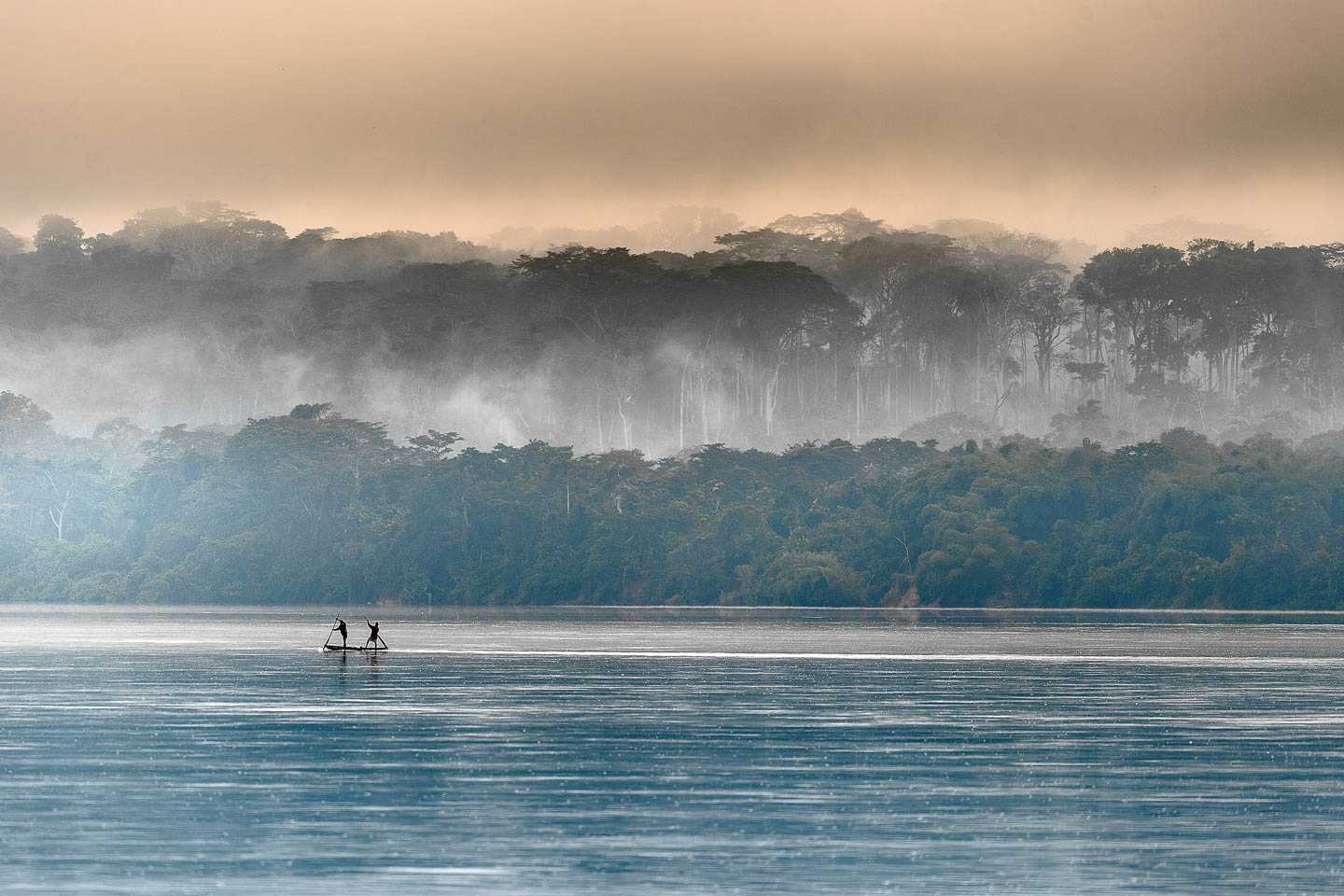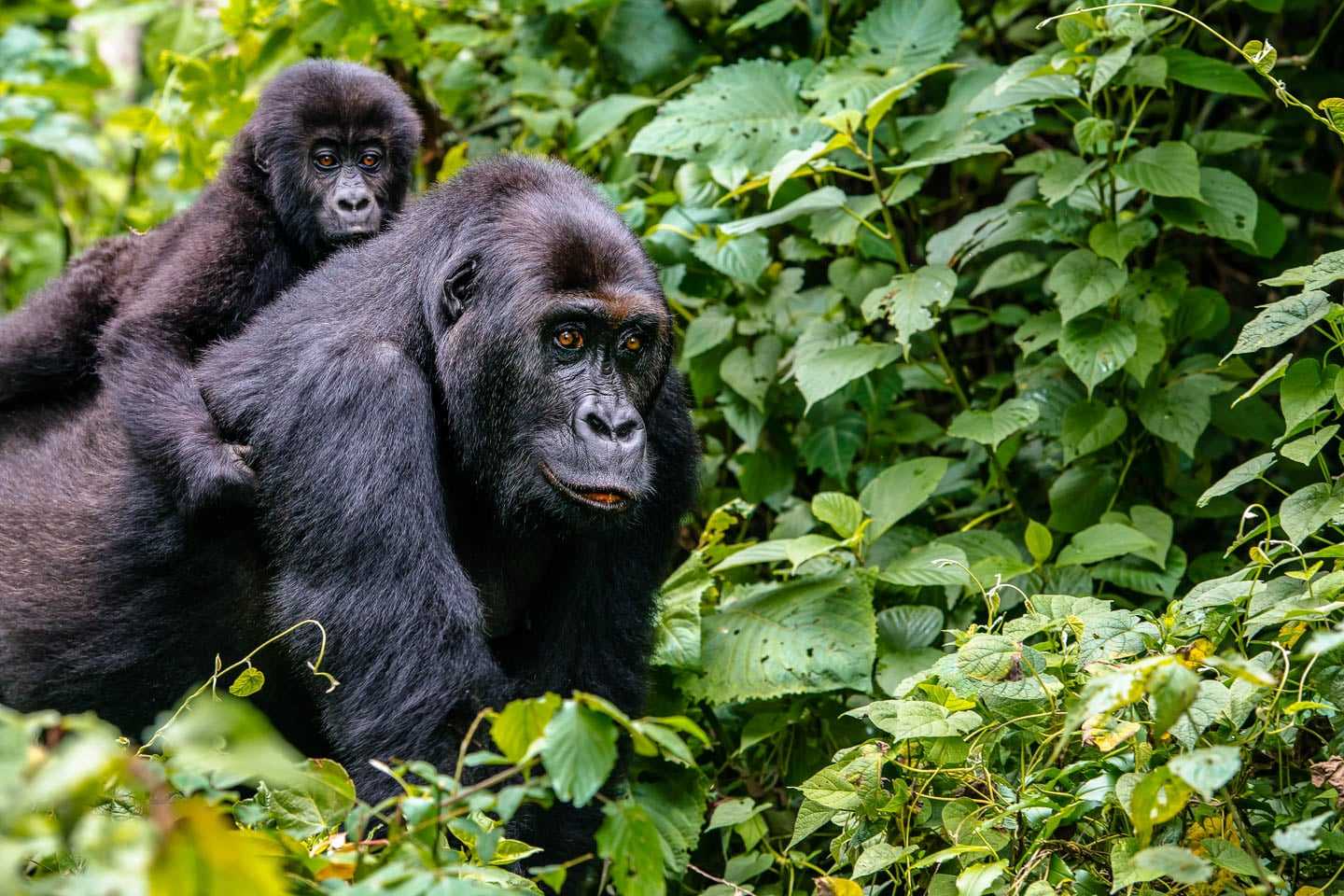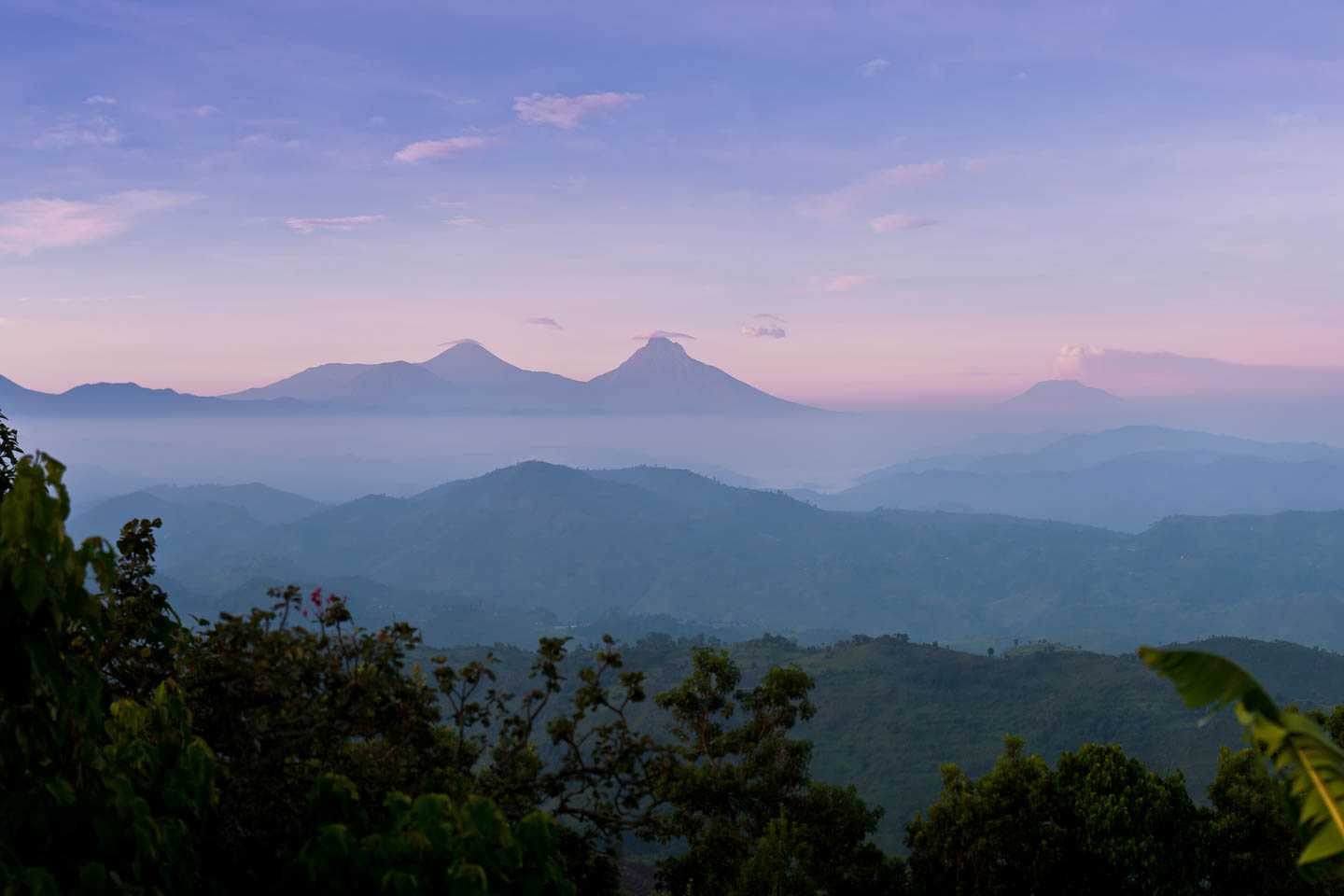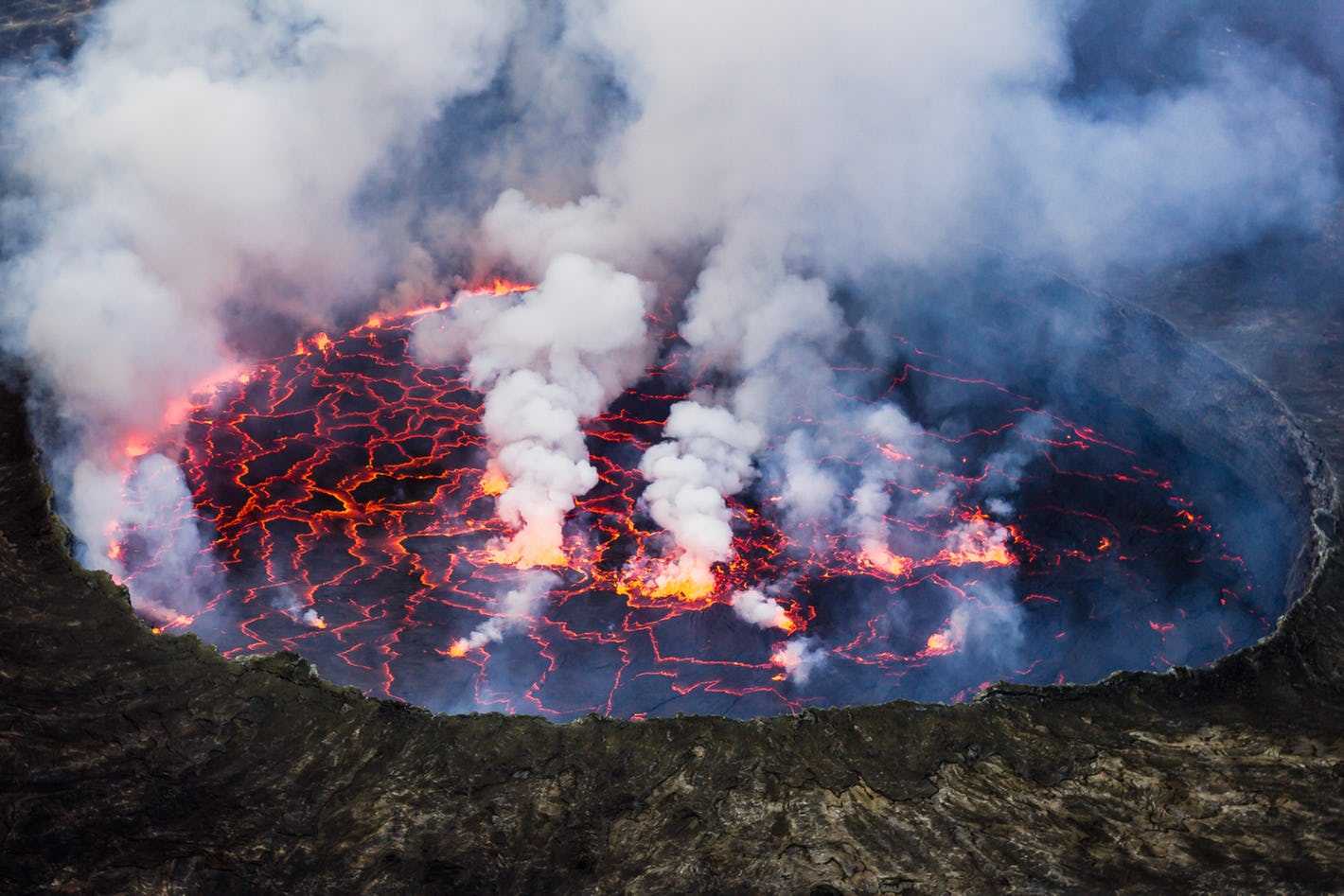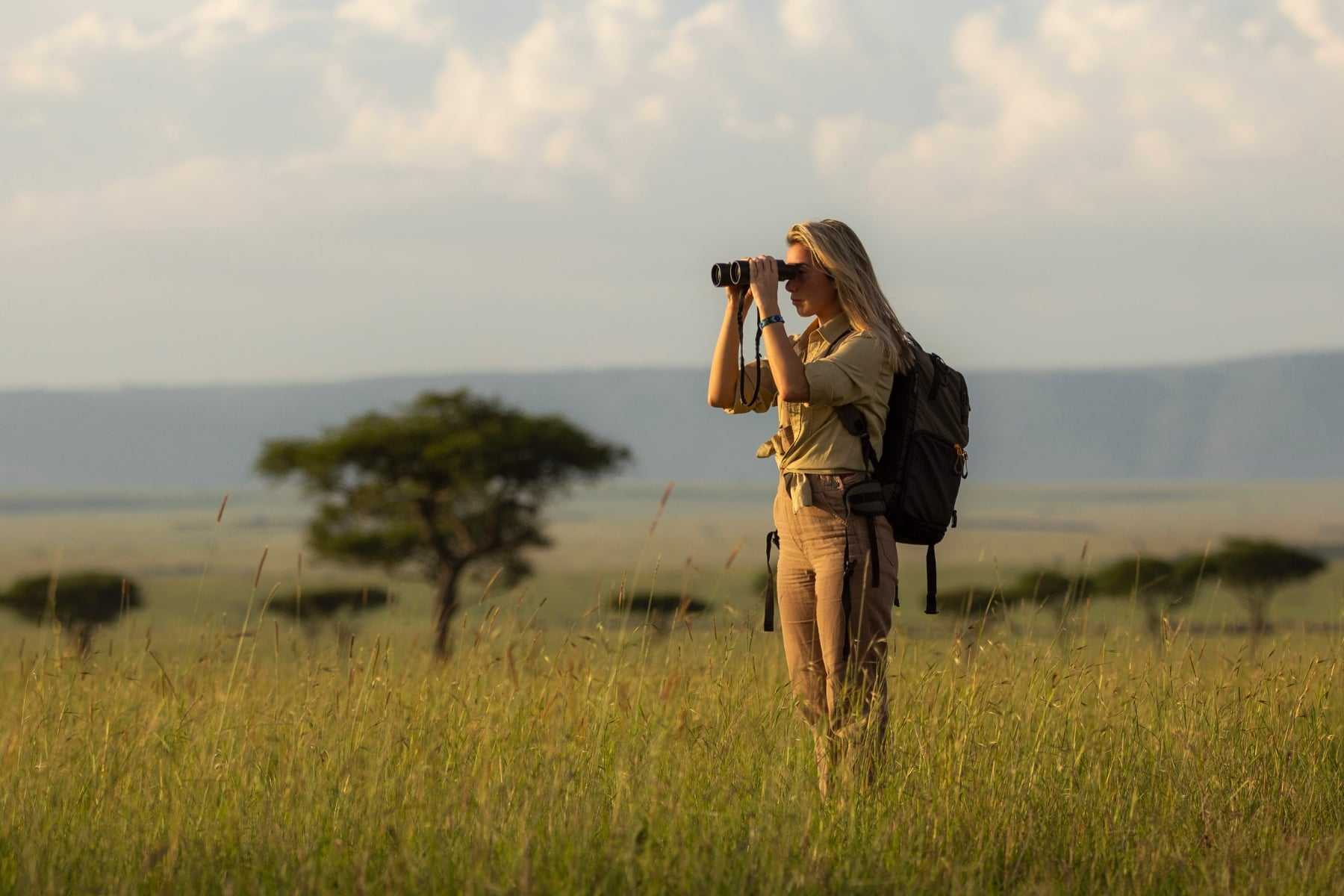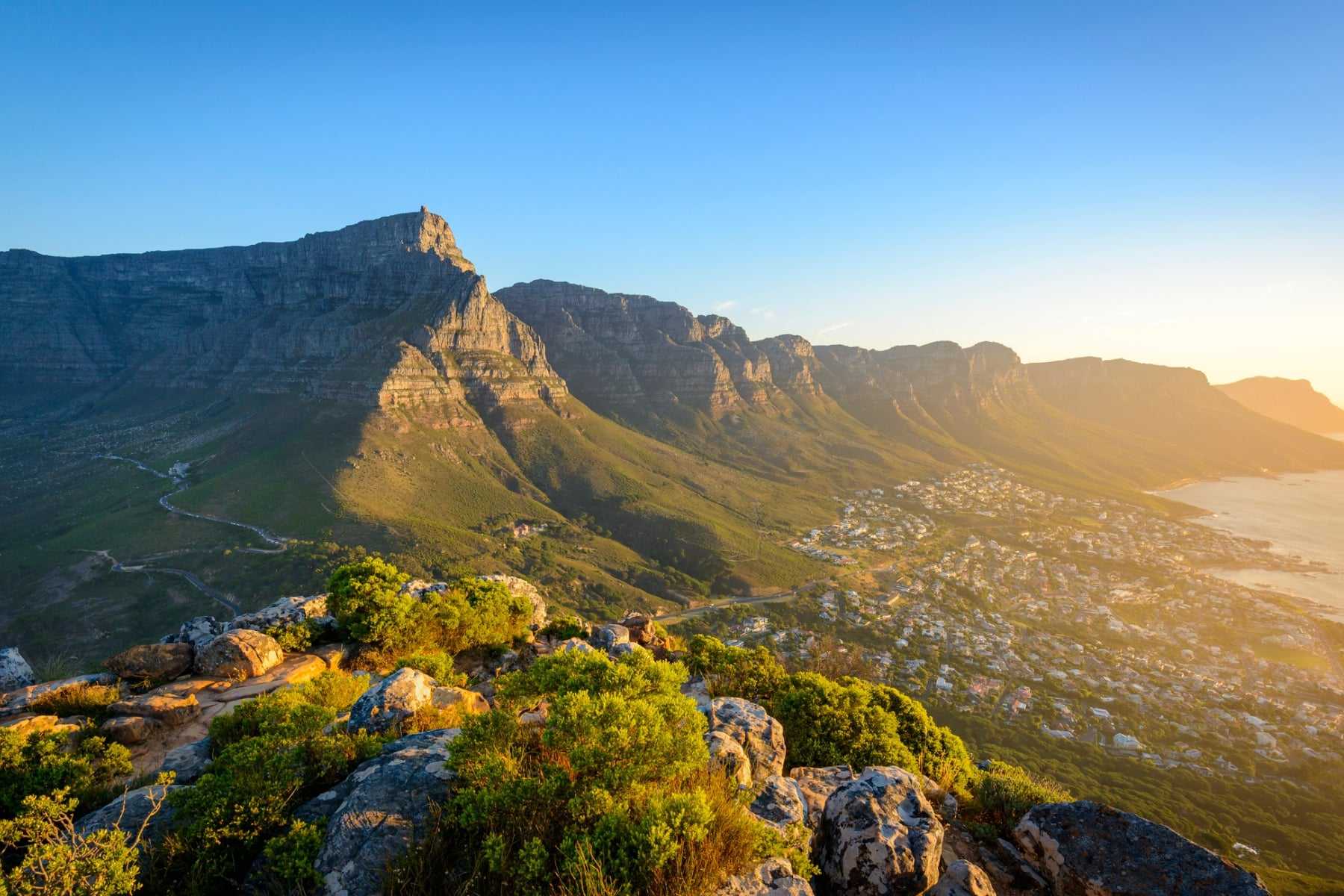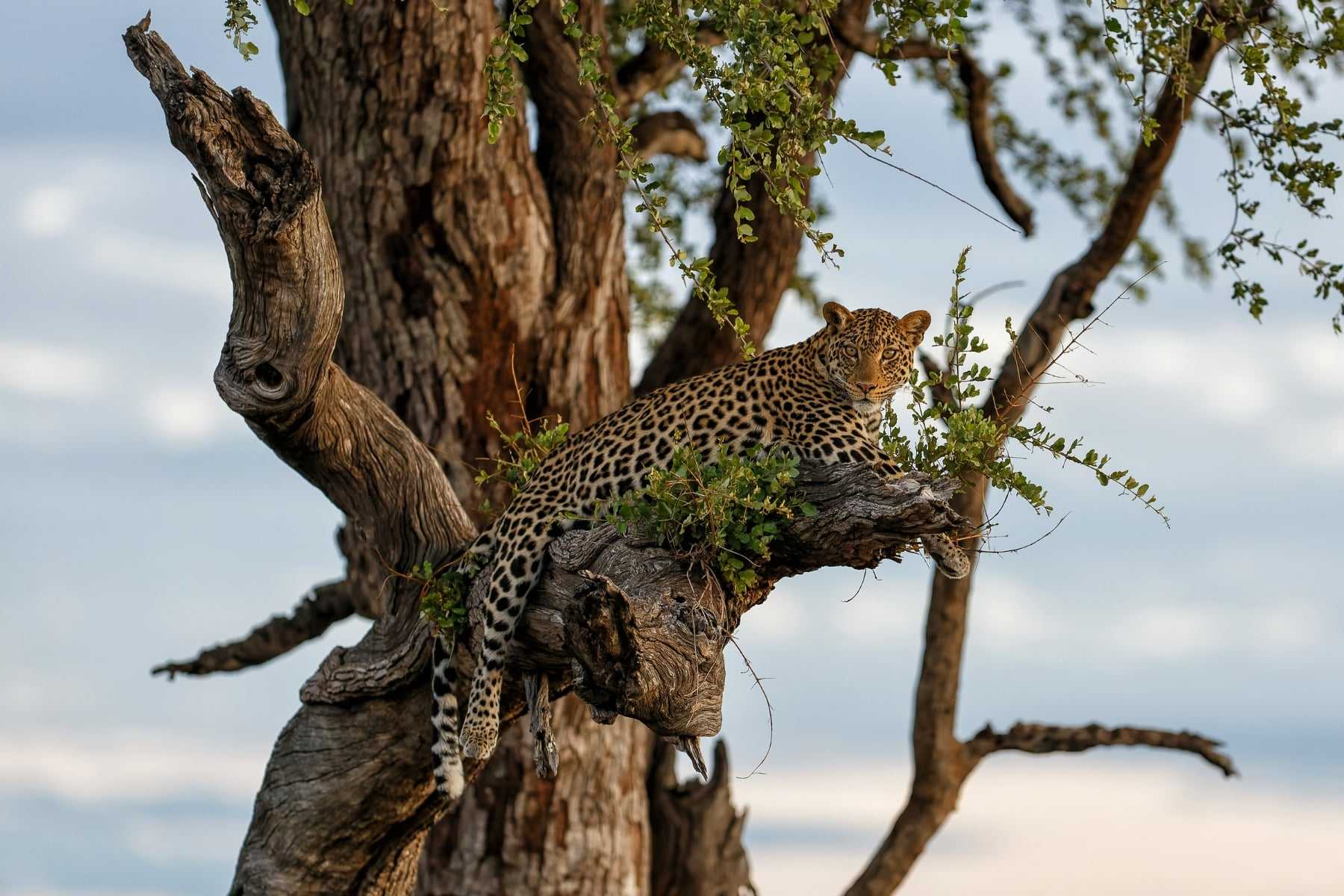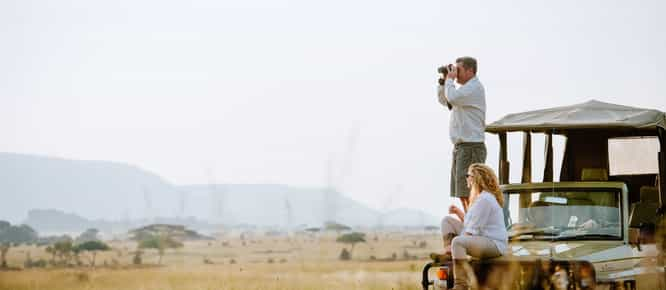We probably shouldn’t begin this article by telling you that the Democratic Republic of Congo experiences one of the highest frequencies of thunderstorms in the world, alongside quite a spectacular amount of rain. But there, we told you. And now we’re going to tell you that it shouldn’t deter you from visiting the remarkable country, and give you our helpful hints and tips for the best time to visit the DRC.
First things first, the DRC straddles the equator, with one-third of the country to the north, and two-thirds to the south. Alongside that, the DRC is around the size of the whole of Western Europe put together, so unsurprisingly, the weather patterns differ vastly throughout. In this article, we’re going to focus on the best time to visit Virunga National Park, the gorilla-trekking hotspot located in the northeast of the country, and the number one tourist destination.
Despite a little bit of rain here and there, Virunga is still a year-round destination. July through to September are by far the driest months of the year, and, as with most sub-Saharan countries, it’s probably the most popular time to travel. In fact, if you’re looking to tie in a gorilla trek in Virunga with a safari in Kenya or Tanzania, you’ve picked the best time of year! It is possible that the gorilla families will move to a higher-altitude from July to September resulting in slightly longer trekking times, so do be prepared to get sweaty. And just like the UK, the rain is an unpredictable beast and you may still experience short, sharp thunderstorms, but this should definitely not put you off.
The rain begins in November, which is by far the wettest month of the year. Travel is still possible – just make sure you’re prepared with all-weather gear and a couple of changes of socks (damp toes do not make for a happy hike!). It might not typically be the best time to visit the DRC, but if you do choose to travel in either October or November, or March to May, many of the lodges offer fantastic money-saving deals, and the cost of the gorilla trekking permits is often reduced too.
Temperature wise, DRC’s equatorial position and the thick, tangled forests means the weather is almost always warm and humid. The drier months of June to September are the coolest, with daytime temperatures around 25 degrees Celsius. As the rains come, temperatures steadily increase and can reach the mid-30s, with a good dose of frizzy-hair inducing humidity.
At the top of Nyiragongo, temperatures often drop below freezing throughout the year and this is unavoidable. Proper hiking gear is a must! You can hire the extras (sleeping bags and mats and the like) when you arrive, but warm layers, gloves, good socks and boots are absolutely essential. If climbing Nyiragongo is top of your list, the best time to visit DRC would probably be from June to September to take advantage of the slightly cooler temperatures as you climb the lower sections.
If you forced us to choose, we might say that the months of December, January and February are the best time to visit the DRC, Virunga in particular. There’s a slight break in the rains, not as many people travelling (not that the DRC is ever busy, however!) and the sunsets are mind-bogglingly beautiful.
